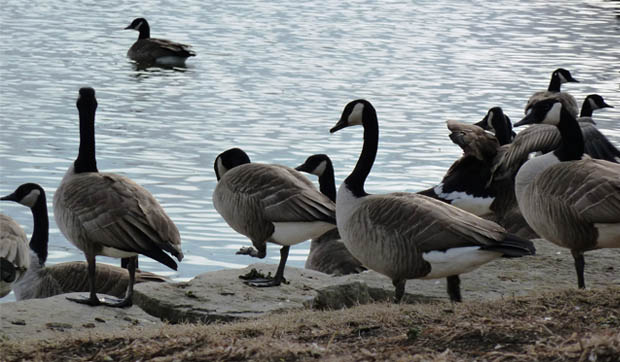Do you speak naturalist? Here’s a test: What do you call these birds, Canada geese or Canadian geese? Hint: You may need to check their passports. The Naturalist’s Language December 8, 2017 If you’ve spent much time with a naturalist, you’ve likely noticed that we tend to live in our own little world. It’s a
Choosing Birdseed
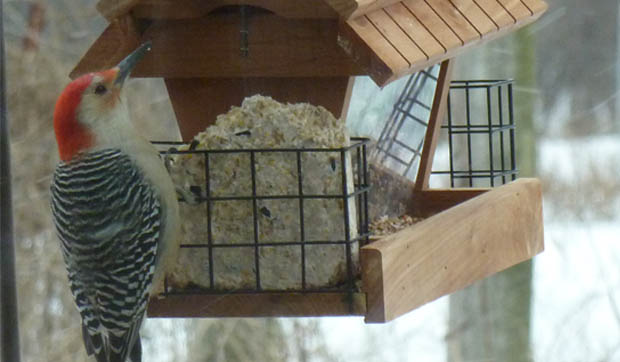
A male red-bellied woodpecker takes advantage of the free buffet at the Hickory Knolls birdfeeders. Offering a variety of seeds, in a variety of feeder styles–tube, platform, hopper, suet–will in turn attract a variety of species. Choosing Birdseed November 24, 2017 November typically is the time folks send out invitations for holiday gatherings, be they
Bird, Birdseed, Feed, FlyWhite-throated Sparrow
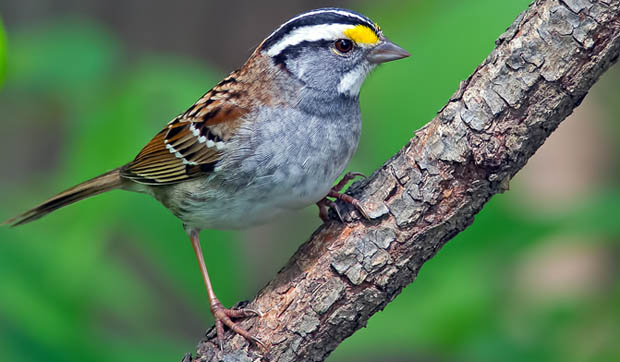
White-throated sparrows can be identified by their distinctive song, or by the following field marks: A striped head and bright white patch under the throat, along with a streaky or smudgy gray breast. White-throated Sparrow November 3, 2017 Poor Sam Peabody… Peabody… Peabody. I don’t know Mr. Peabody and have no idea of what events
Bird, Fly, White Throated SparrowBirds of a feather – it’s time to molt
Double-Crested Cormorants, Part 2
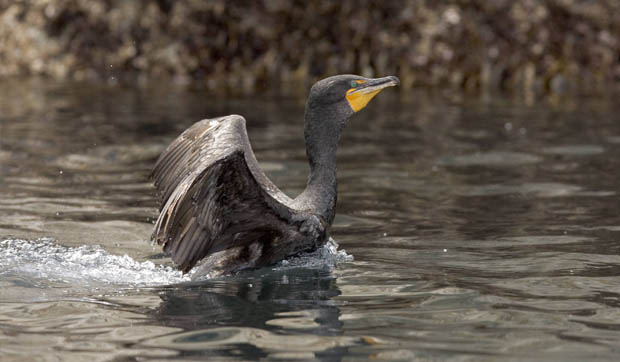
Double-crested cormorants sit low in the water, a trait that helps distinguish them from other waterfowl. The species has seen a number of ups and downs and previously was listed as endangered in Illinois, but today enjoys healthy population numbers. (Photo credit: Steve Hillebrand/USFWS) Double-Crested Cormorants, Part 2 July 28, 2017 Last week when we
Bird, Comorant, FlyDouble-Crested Cormorants, Part 1
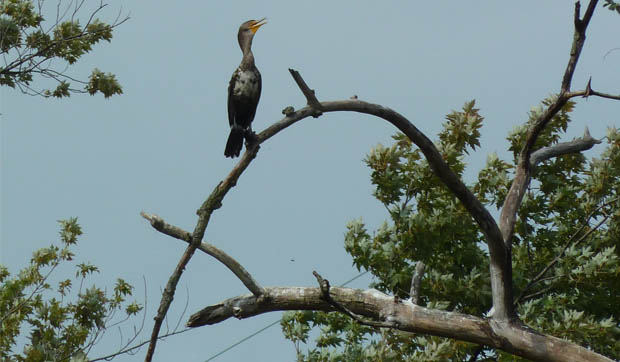
A little creepy and a little kooky, double-crested cormorants are an increasingly common sight along the Fox River as well as assorted local ponds. Here a juvenile, identified by its lighter plumage, sunning on a warm day. Double-Crested Cormorants, Part 1 July 21, 2017 “They’re creepy and they’re kooky, Mysterious and spooky, They’re altogether ooky…”
Bird, Comorant, FlyBlack Witch Moth
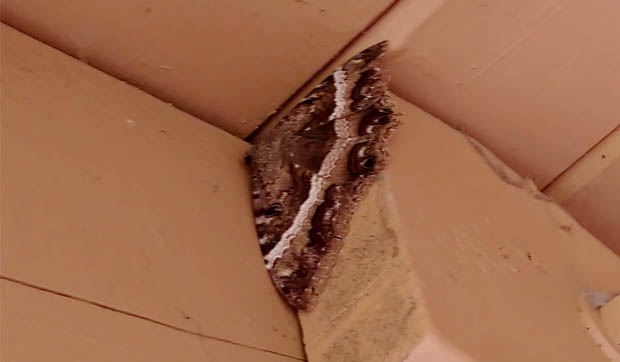
The black witch moth is native to Central and South America but occasionally journeys northward. This individual, a female, was spotted a month ago at LeRoy Oakes Forest Preserve in St. Charles. Black Witch Moth July 14, 2017 “The wind began to switch – the house to pitch And suddenly the hinges started to unhitch.
Black Witch Moth, Fly, Insect, MothKeeping bats at bay
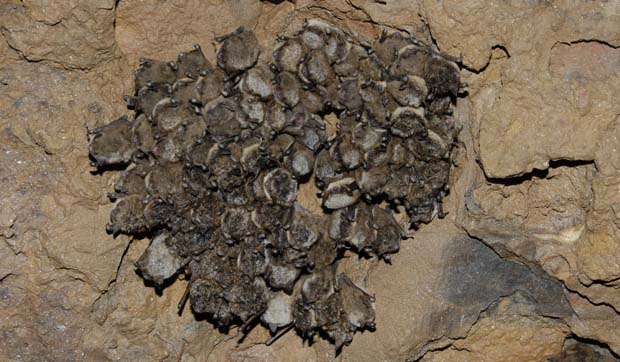
Bats can be divided into two groups, solitary and colonial. In our area, little brown and big brown bats are the colony-forming species that, from time to time, take up residents in attics, barns and other structures. (Photo credit: Tim Krynak/USFWS) Keeping bats at bay April 21, 2017 This time of year, nature folk are
Bat Tips, Bats, FlyStop, Look and Listen
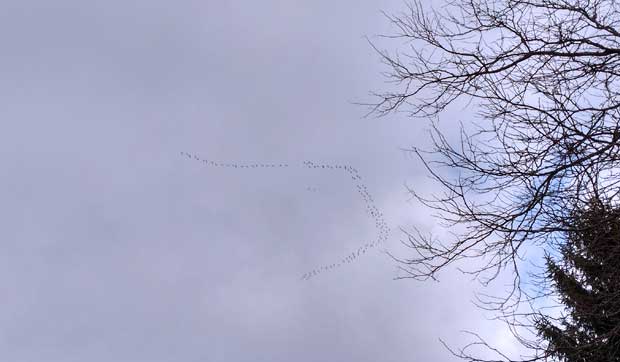
Those tiny specks flying in V formation actually are a flock of sandhill cranes migrating. This time of year, to find sandhill cranes, all you have to do is stop, look and listen. Stop, Look and Listen March 31, 2017 A while back, someone showed me a Facebook quiz titled Which Dr. Seuss Character Are
Bird, Easter Kingbird, FlyRed-breasted Nuthatch
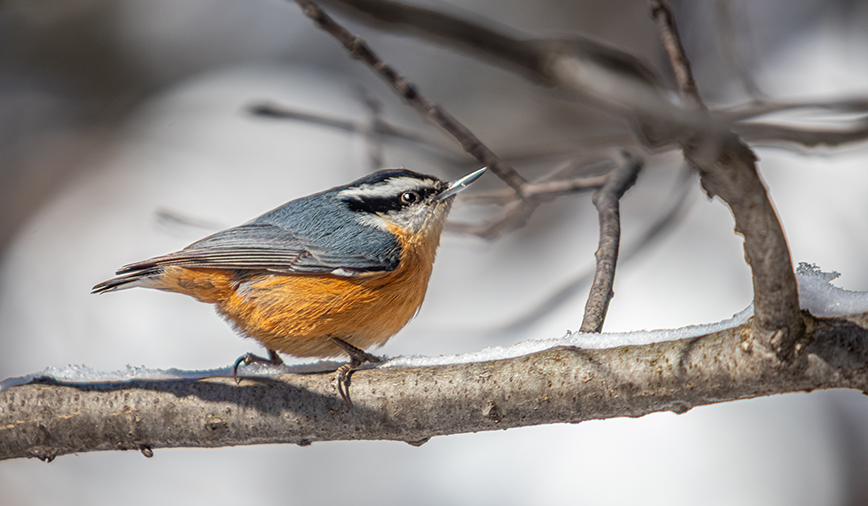
I don’t know if you noticed or not, but we’re in the middle of an irruption. Not an eruption as in,”Kaboom!” Nor an interruption as in, “Psst…” or “Ahem.” But an irruption, as in the ecology term meaning a sudden increase in a species’ population—in this case, red-breasted nuthatches, Sitta canadensis. I wish I could
Bird, Fly, Nuthatch, Red-breasted Nuthatch
